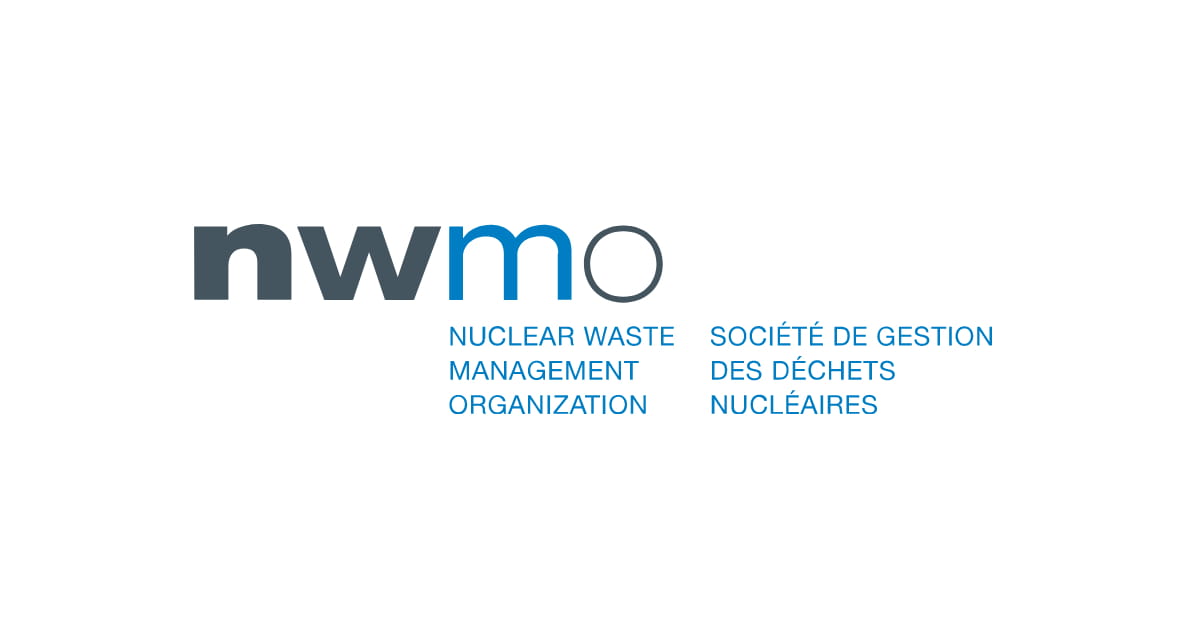I read with interest an article published in the Globe and Mail on March 19, 2021: "As decades-long search for nuclear waste site nears end, communities face tough decision."
The piece appropriately focused on the comprehensive process through which communities engaged in the site selection process are determining their willingness to host the project. But we would be remiss if we did not take this opportunity to provide your readers with further context around the repository project.
When we consulted Canadians and Indigenous peoples about how to best address the challenges posed by used nuclear fuel, they told us that we should not kick the can down the road: that a long-term solution is required.
A deep geological repository is that solution. It is safe, it is in line with international best practice, and it will create stable jobs, community benefits and long-term opportunities for generations to come.
- A deep geological repository will benefit the communities that choose to host it, the surrounding area, and Canada as a whole: Fundamentally, the project will only proceed in an area with informed and willing hosts. That means the people in both the municipalities and Indigenous communities in close proximity to the deep geological repository need to understand what it means to host the project, and agree to have it located there. And it means the project must be implemented in a way that advances the well-being of the area, as people who live there define it. The region where this project is sited will derive a substantial and long-term benefit. At over $20 billion and a life cycle of more than a century until it is fully decommissioned, the project will create stable jobs, long-term opportunity and community investments. It will mean better services and infrastructure. And Canada will have a long-term solution for managing its used nuclear fuel.
- The deep geological repository is safe and protects the environment: Used nuclear fuel is presently stored and monitored above ground in a manner that is safe, but temporary. Since it must be stored for many thousands of years, a more permanent solution is needed.
Used fuel stored in the repository will be moved further from sources of water than it is today, and then safely contained and isolated using a multiple-barrier system – a series of stand-alone barriers that work to protect people and the environment.
These barriers include special purpose-built containers with a corrosion-resistant copper coating that are designed to withstand the load of future glaciation, natural swelling bentonite clay, which acts as a barrier to protect the containers deep underground, and at least 500 metres of natural rock – twice as deep as the deepest point of Lake Huron.
Thanks to the multiple-barrier system, when used nuclear fuel is stored in the repository, water resources, farmland and people’s health are all protected – essentially indefinitely.
- Deep geological storage is an international best practice: As you correctly noted in your article, deep geological storage is an area of scientific consensus – it not only enjoys the endorsement of the Organisation for Economic Co-operation and Development (OECD) and peer countries like Finland, Sweden and the United States, but also almost 20 countries are considering building their own deep geological storage facilities.
Canadians have made clear they want to take responsibility for ensuring that used nuclear fuel is safely contained and isolated for the very long term, and not pass down the burden to future generations.
That is why Canadian nuclear companies have set aside funds for this work to ensure people and the environment are protected indefinitely. It is also why the Government of Canada, through the Nuclear Fuel Waste Act, directed the NWMO to engage with Canadians and Indigenous peoples to develop and implement Canada’s plan for the long-term management of used nuclear fuel.
The deep geological repository project – sited in an area with informed and willing hosts – is the cornerstone of that plan. It will achieve that goal, protecting people and the environment, creating stable jobs and opportunities, and building a bright future for residents of the local area and beyond.
We have an imperative to implement this project, and safeguard people and the environment.
Laurie Swami
President and CEO, Nuclear Waste Management Organization

